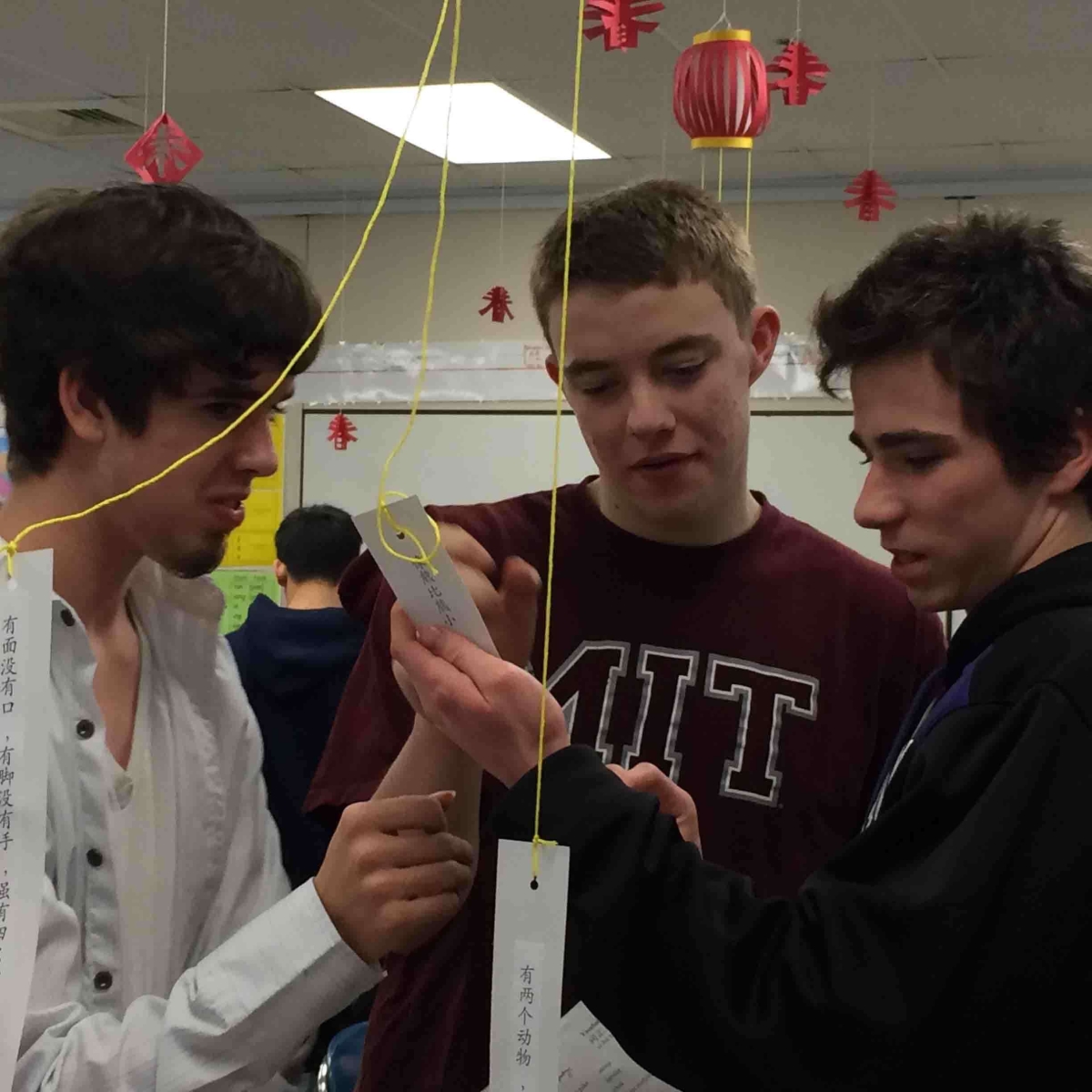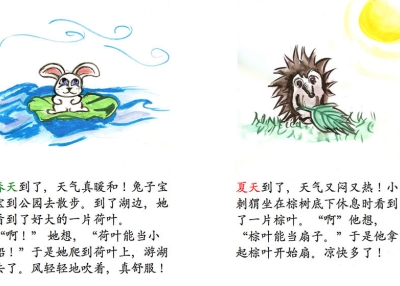Shifting the Balance Toward Authentic Communication in Our Classrooms

By Heidi Steele
As a high school Chinese language teacher, I am forever making three mistakes:
- I view language learning as a roughly linear process.
- I design classroom activities with the goal of practicing particular vocabulary items and grammatical structures. Or, if I remember to keep the focus on communicating meaning, I design scenarios that merely mimic real life.
- I place greater value on planned activities than on all of the other communication that occurs in the classroom.
All of these mistakes reduce the amount of authentic communication that occurs in my classroom. We know that to facilitate our students acquiring, in addition to learning, Chinese, we need to give them opportunities to use Chinese for genuine communication. In other words, their minds need to be focused on communication, rather than on practicing the language. When this happens, the language drops into the background, and students almost forget that they are speaking Chinese, rather than English.
With regard to the first mistake, learning a language is not in fact linear at all. All languages are vast, deep, complex, and inherently messy. A student can venture into new areas of a language from many directions, and they can travel an infinite number of routes as they acquire new vocabulary and syntax. There is no “right” order or context for learning particular language items – students can just as easily learn the word 喜欢 (xǐ huān, to like or enjoy) while talking about family members as they can when discussing colors, politicians, or music.
The second mistake follows from the first. When I see language as linear, I tend to design activities to introduce, practice, and assess proficiency with the vocabulary and syntax that comes next in my curriculum. If I am not careful, I have students practice rather than use the language, which encourages them to view Chinese as “just a class” rather than as an opportunity to develop a new vehicle for communicating about real things with real people. Furthermore, even when I remember to keep the focus on meaningful communication, my planned activities often go no further than mimicking the real world within the classroom walls (“pretend you are talking to a new Chinese friend and introduce your school schedule…” “bargain with your classmate to ‘buy’ something in his/her backpack” and so on). Regardless of the activity, “pretend” communication is still a step removed from actual communication.
The final mistake is a natural outcome of the second. If learning Chinese happens when students are practicing vocabulary and sentence structures or mimicking real life, then the time students spend engaged in activities designed for these purposes seems to be the most valuable in each class period. I have come to realize that in many cases the opposite is true.
In my classroom, we speak Chinese exclusively Monday through Thursday. On Fridays we speak English on an “as needed” basis. Creating a target-language environment, however, is only the first step in encouraging students to acquire the language through meaningful communication. To assess whether I really promote language acquisition, I ranked the activity in my classroom by levels of authenticity. At the bottom I put activities where students deliberately practice new language without meaningful context. At the top are the times when students are so engaged in authentic communication that they forget they are speaking in Chinese. Three activities emerged as winners:
- Communication with peers at our partner school and with other native speakers where the focus is on sharing knowledge and experience, not on practicing the language.
- Engagement with authentic materials that involves exploring and learning actual content.
- Everyday banter, discussions, story telling, and humor that happen around the edges of planned activities. I call this category “Everything Else.”
All of these activities meet the “real-ness test”: The students simply treat Chinese as a means of communication (the road they are traveling, not the destination), learning vocabulary and syntax as needed to understand or communicate their thoughts and ideas.
As an example of the first activity, we share a blog with our partner school in. Using their non-native languages, students post questions they are really curious about. Students from the partner school answer questions in in their native language. We designed the blog this way because it is easier to ask questions in your non-native language, and the answers provide rich examples of authentic language that students will be highly motivated to understand.
The real communication extends beyond helping students to articulate their questions and explaining the meanings of new words and syntax in the answers. We talk extensively about particularly funny, interesting, or surprising replies, and discuss the cultural differences and similarities that emerge as the American and Chinese students dialogue with one another.
The key element of the second activity is the content of the authentic materials. The materials must offer an opportunity to learn something new. Students learn the language needed to understand and think about the actual content. For example, when Maggie Chen (Granada Hills Charter School in Los Angeles) shows her students a public service announcement from Taiwan about conserving resources, the focus is on learning about Taiwan’s environmental initiatives.
The last activity is only possible if you and your students both speak in the target language almost all of the time. The Everything Else may be as simple as talking about how the schedules changes that day because of an assembly, or joking about something funny that happened in class. At a more complex level, it may involve speaking in Chinese over a period of weeks to prepare for a performance. (Too often, we use performances to showcase our Chinese programs, but the planning and rehearsals happen in English. When only the veneer is Chinese, students miss a huge opportunity to use Chinese for real work. The real value in a performance is not the show, but the work that leads up to it.)
All of the Everything Else communication is in fact real. When my students talk with me about setting deadlines, they are using Chinese as a tool for expressing real thoughts, ideas, and concerns. The language itself is relatively transparent.
As I develop the practice of reflecting on the “real-ness” of what occurs in my classroom, my lesson plans shift to increase the amount of real communication that occurs. For example, in the unit on renting apartments, I used to ask students to read Chinese apartment rental ads (a step away from real because none of my students are planning to rent an apartment in China anytime soon), carry out unscripted role-plays between tenants and landlords, and so on. This year I will ask our partner school to find students willing to share descriptions of their family homes with my students, and will ask my students to do the same.
There are no absolutes in language teaching. Placing emphasis on target-language teaching and meaningful communication does not mean we need to banish English, simple vocabulary drills, or “make believe” role-plays from our classrooms – teaching language is all about balance and moderation. We will continue to learn about how our brains process language, and we will continue to share our best practices with one another. As we do, we will assuredly develop more powerful strategies for helping our students to acquire Chinese and to internalize it as an integral part of who they are.










